PermafrostPermanently frozen ground. Tunnel
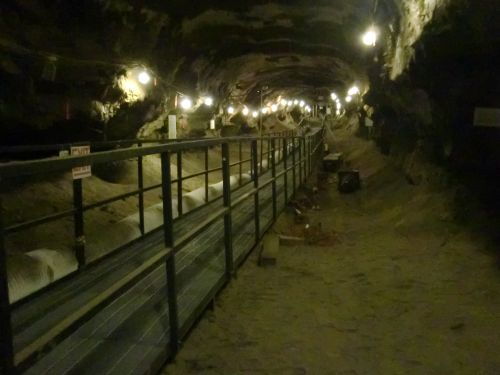
Today, the group embarked on what was my favorite field trip of the week: The United States Army Cold Regions Research and Engineering Laboratory (CRREL) permafrost tunnel. PermafrostPermanently frozen ground. is any ground material that has remained permanently frozen for at least two years, and is common throughout the Arctic Regions.
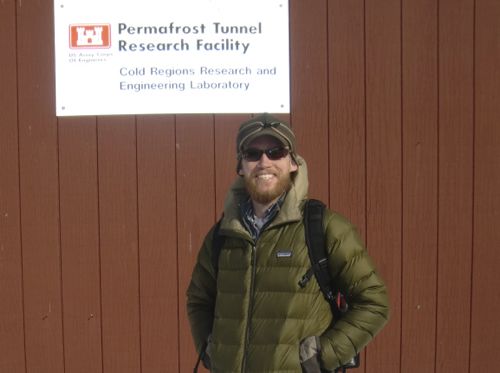
The tunnel exposes a variety of interesting and important indicators of paleoecology and paleoclimates for Interior Alaska. You see, changes in Earth's climates are nothing new, and evidence of paleoclimates can be found in a wide range of places; from fossils, to air bubbles trapped in glacial ice, to pollen samples buried in sediment at the bottom of lakes. All of these can be used to help polar researchers make observations in order to reconstruct paleoclimates and better understand how Earth's climates behaved in the past. Understanding the behaviors of past climates has important implications in understanding present and future climates here on Earth as well.
Come on down and check it out for yourself!
http://.be
As we descended into the tunnel the first thing I observed was the smell! Although I never expected frozen soil to have much of a smell, it makes perfect sense: this particular soil is loaded with organic matter dating back to the Pleistocene ice ages. Even though temperatures are not warm enough today to decompose the organic material in the soil, it still undergoes oxidation with exposure to atmospheric gases. This oxidation releases a rather, um, well, interesting smell.
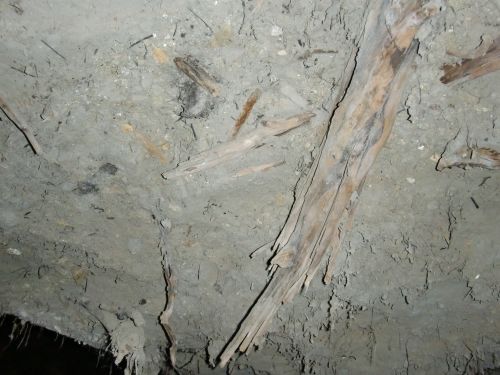
The soil is primarily a type of sediment called loess; a wind-blown sediment that was deposited throughout Alaska's interior from glacial outwash plains originating on the northern slope of the Alaska Range. Between 15,000 and 40,000 years ago, this very spot was home to all sorts of plants and animals. The evidence of their residence here was literally right under our noses and above our heads. In short, the tunnel contains tens of thousands of years of organic material that has never decomposed! That's a lot of carbon!
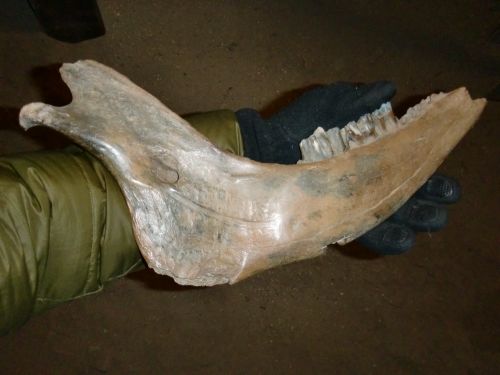
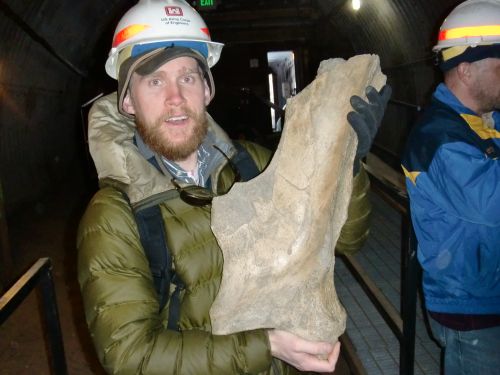
The loess deposits are held together by a certain kind of permafrost called interstitial ice. Functioning as a sort of frozen glue, the interstitial ice fills the pores spaces between loess grains and binds it together. In these cold temperatures, the interstitial cannot melt. However, it can sublimate out of the pore spaces, allowing the loess to become deposited on the floor of the tunnel.
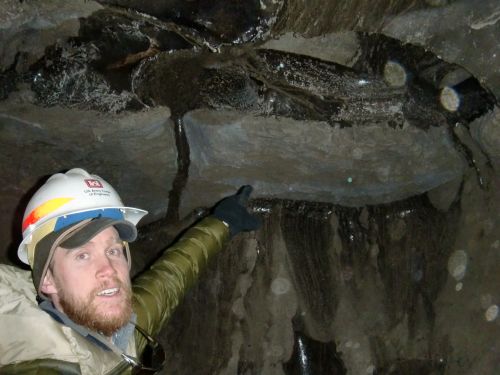
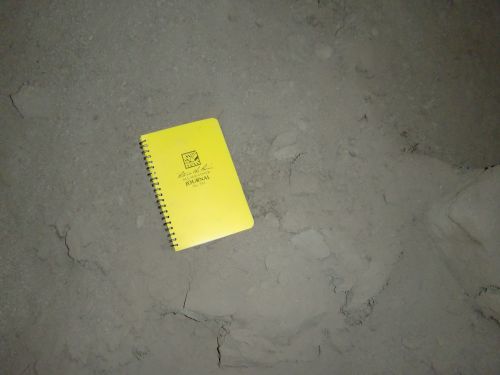
The End of Another Great Day
Before heading back home for the night I was graced by the calming presence of the Aurora Borealis. I cannot think of a better way to end another tremendous day here in Fairbanks. Thank you PolarTREC for this excellent experience!
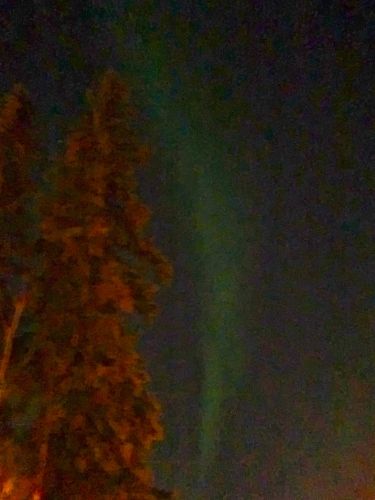


Comments